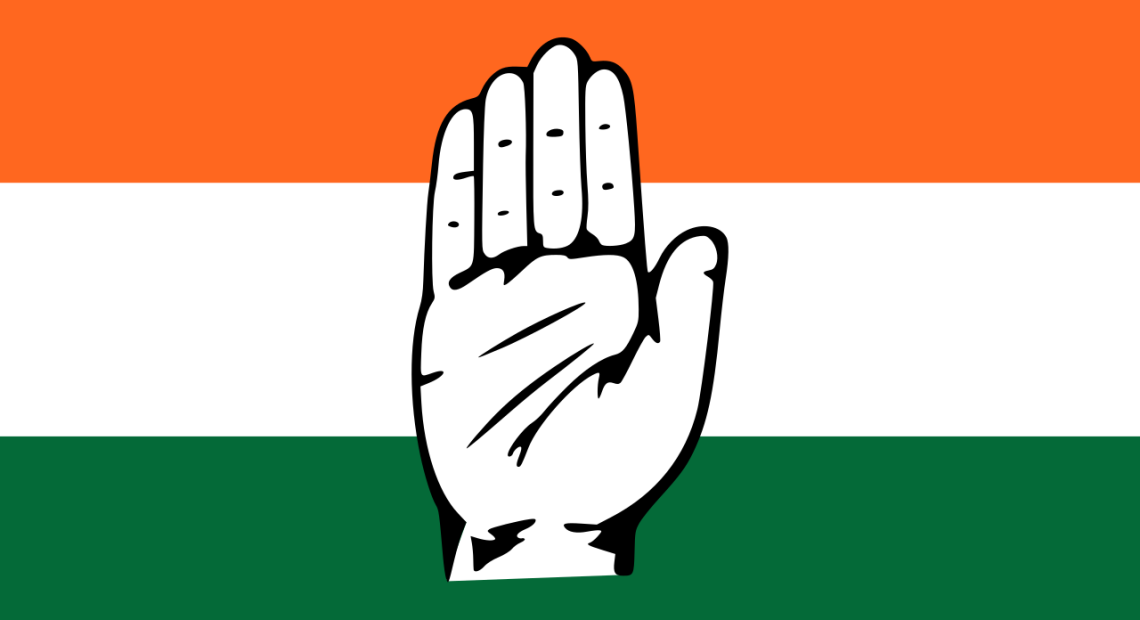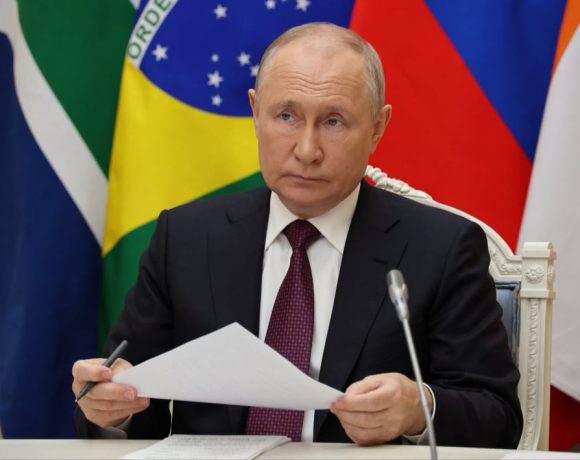
Congress and the Saffron Terror Myth: A Case Study in Minority Politics
In the aftermath of the 2008 Malegaon blast case—and the recent acquittals of all the accused after nearly 15 years—the nation is confronted with uncomfortable questions. Chief among them: Was this explosive case, and the broader narrative of “saffron terror,” less about justice and more about politics?
Emerging evidence and whistleblower accounts suggest that the Congress party, during its decade-long rule under the UPA government, may have engineered a controversial shift in India’s national security discourse. The goal? To create a counterbalance to the global threat perception of “Islamic terror”—and, more politically, to appeal to the apprehensions of minority communities in India. The result was the propagation of the “saffron terror” myth—a move that may have harmed justice, security, and communal harmony alike.
The Birth of a Narrative
The term “saffron terror” did not originate in the intelligence corridors. Coined by a journalist, it was later adopted and amplified by key Congress figures—most notably Home Minister P. Chidambaram, who used it in public forums, and senior leader Digvijaya Singh, who went further by connecting it with RSS ideology. Several terror investigations from 2006 to 2008 were swiftly reframed under this label—highlighting the alleged involvement of individuals linked to Hindu nationalist groups in blasts at Mecca Masjid, Samjhauta Express, and Malegaon.
At face value, these suspicions prompted genuine investigative pursuit. But deeper scrutiny now suggests a pattern of profiling powered by political motives, not proof.
Political Motivation Behind the Scenes
For a party historically reliant on minority votes, especially Muslim communities, the Congress’s embrace of the “saffron terror” label appears more strategic than principled. By aligning national security concerns with rising Hindutva voices, Congress effectively created an ideological “other” out of its main political rival—the BJP and its affiliates. That framing allowed the Congress to posture as the secular bulwark shielding minorities from majoritarian extremism.
But in doing so, it blurred the lines between investigation and intimidation—weaponizing institutions against an entire ideological stream. The charges in Malegaon, largely unsupported by concrete evidence (as confirmed by the courts), exemplified this overreach.
The Victims of the Narrative
In this political crossfire, real lives were caught in the blast zone—not just the physical victims, but those wrongly accused. BJP MP Pragya Thakur, Lt Col Purohit, and others endured lengthy incarcerations, social stigma, and political isolation. More recently, ex-ATS officer Mehiboob Mujawar alleged that he received direct orders to implicate RSS chief Mohan Bhagwat—even though no substantive evidence warranted such a move—a claim that, if true, underlines the scale of manipulation.
The judicial system ultimately exonerated them—but the damage to personal reputations and families was already done. Justice delayed wasn’t just justice denied; it was justice politicized.
What India Lost
This saga has had far-reaching institutional repercussions. Trust in the objectivity of investigative agencies like the ATS and even the NIA has eroded. The public has become increasingly skeptical of terror-related probes, especially when seen through a communal or ideological lens. Meanwhile, India’s secular ethos—the principle of equal justice regardless of religion—took a hit.
Even terrorism, a shared enemy of all civil societies, was divided along religious lines as part of an electoral chess game.
A Way Forward
To prevent the recurrence of such politicization, linkages between law enforcement and political command must be revisited. Terror investigations should be placed under layers of independent review and surveillance. Greater public disclosure of investigation rationales can increase transparency and limit misinterpretation or misuse.
Equally important: Political parties across the spectrum must be held accountable for statements and moves that push investigative systems toward ideological ends.
Conclusion
The “saffron terror” narrative, likely born from a mix of security fears and electoral ambition, eventually unraveled as a political tool—one that ignored evidence, targeted ideology, and undermined the very institutions meant to defend the republic.
In trying to project themselves as guardians of secularism and minority rights, the Congress party may have alienated both the innocent and the institutions of justice. In the end, they may have safeguarded neither.
If India truly aims to root out terrorism in all forms, it must also root out politically motivated narratives that exploit communal fears. Because the color of terror is not saffron, green, or black—it is red, soaked in the blood of the innocent it claims.


















